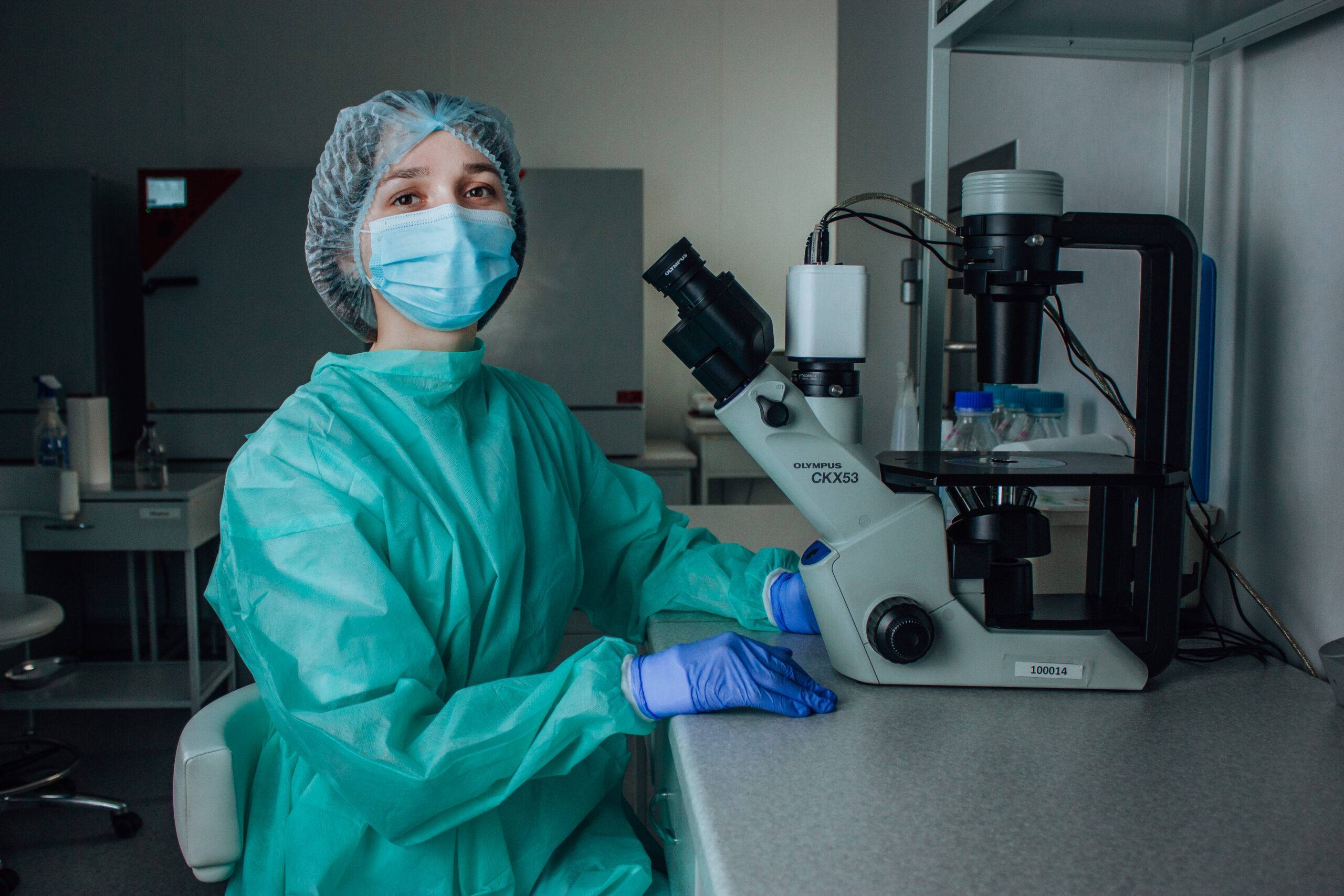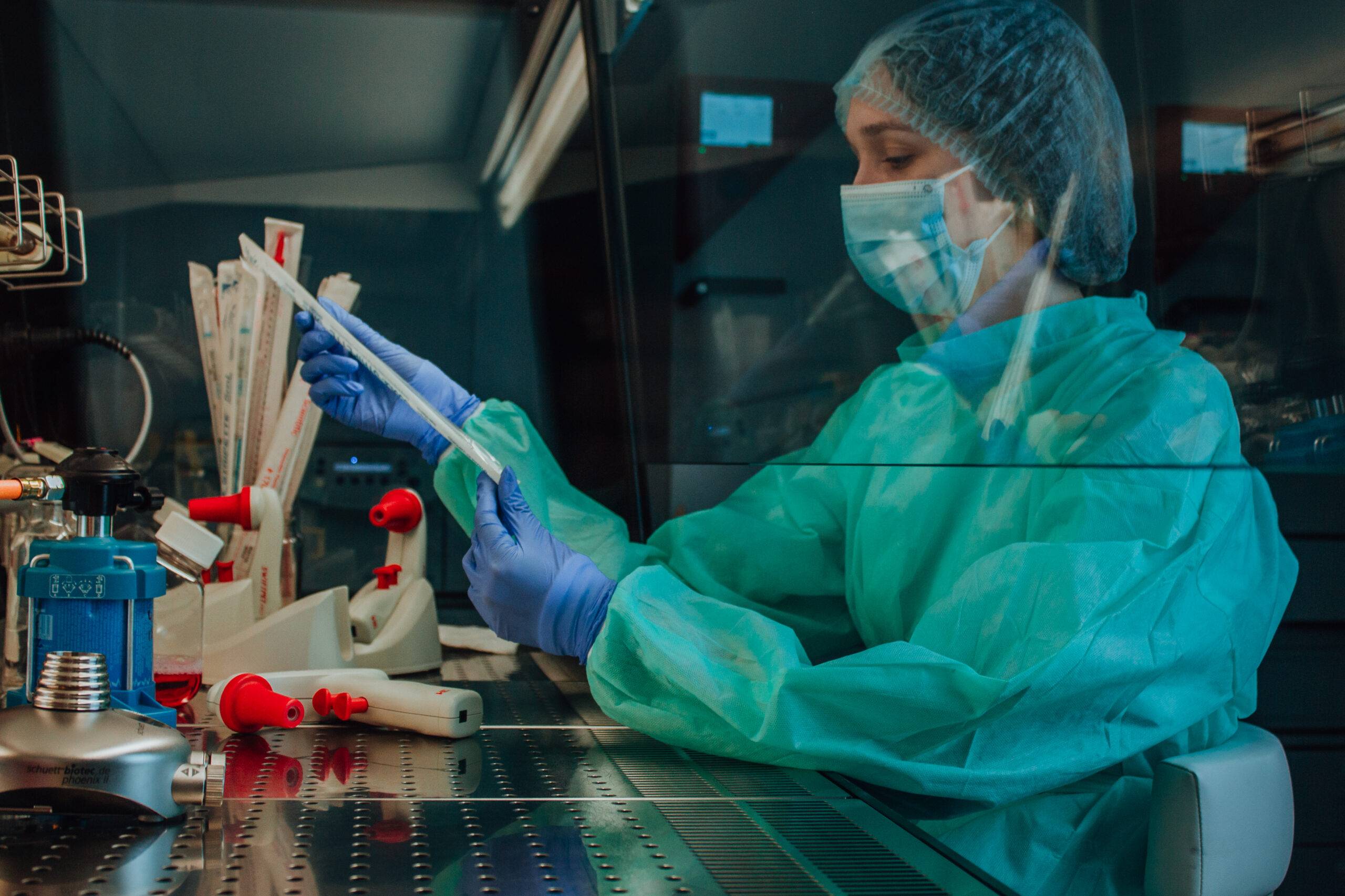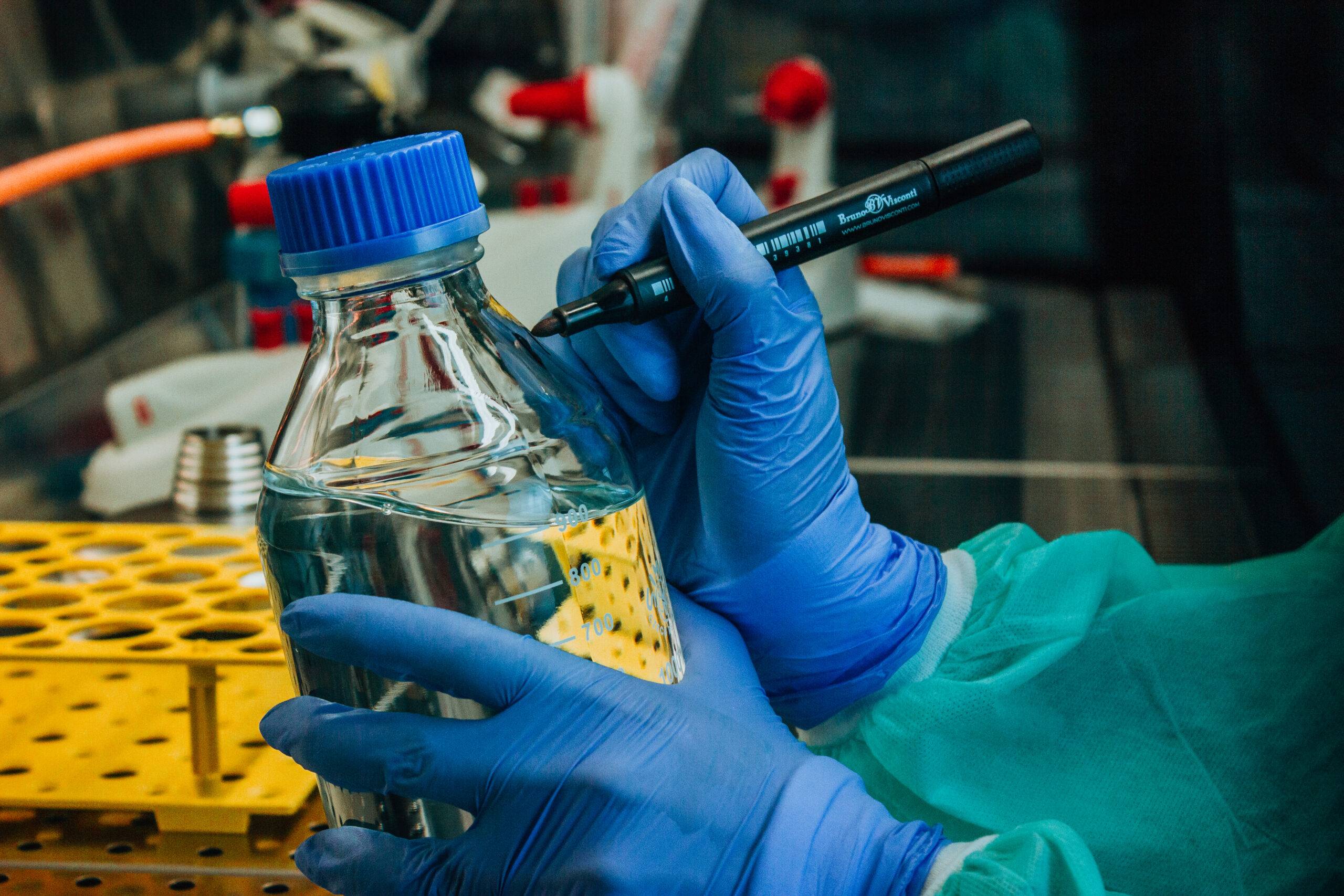CELL PRODUCTS
Renewing our tissues and organs, each stem cell in the course of division forms another stem cell that remains in reserve, and a healthy cell of the diseased biological tissue. The main properties of stem cells are their ability to reproduce themselves and the ability to transform into almost any other cell in our body.
Coming into the damaged organ with the blood flow, stem cells begin to act in three directions:
- activate own body defenses: its immune system;
- isolate a group of bioactive substances that stimulate the work of the patient's own stem cells;
- start dividing, which results in the replacement of old defective cells with the new operating ones.
Mesenchymal stem cells (MSC), on the one hand, are able to transform into any other cells, and, on the other hand, never give rise to the growth of abnormal, pathological (for example, tumor) tissue. In other words, the ability of MSC to rapidly multiply and grow is not unlimited. MSC could be called smart stem cells: they seem to know into which cell they can and should transform, and into which not. Until recently, it was believed that stem cells are able to restore only the organ or tissue from which they are isolated, but current studies prove that MSC isolated from any tissue or organ of a human are able to turn into any normal, full-fledged healthy cells of the body.
The stromal vascular fraction (SVF) is a rich source of progenitor cells, including MSC, that have a great regenerative potential, immunoregulatory activity and a pronounced anti-inflammatory effect
Due to the presence of endothelial progenitor cells and their production of growth factors (vascular endothelium growth factor, insulin-like growth factor-1), SVF facilitates the formation of new blood vessels, improving blood supply to the diseased tissue, which enhances the regeneration process. The pronounced immunomodulating effect of SVF is mediated by the presence of macrophages and monocytes. The presence of stromal cells that secrete components of the extracellular matrix facilitates creation of a more favorable environment for regenerative cells, optimizing the conditions and accelerating the recovery process of the diseased tissue.
Fibroblasts are the cells of mesenchymal origin and the main component of connective tissue.
The main growth factor of fibroblasts activates the regenerative process in the wound and stimulates the production of extracellular matrix components by fibroblasts: fibronectin and collagen. In other words, the administration of fibroblasts into a wound or under the skin accelerates the healing process, angiogenesis, and restoration of normal tissue homeostasis.
The course of application of fibroblasts is as follows: a tiny piece of the patient’s skin (2х2 mm) from the axillary/inguinal area or behind an auricle (where there is no exposure to UV radiation) is taken. Then, for about a month, the fibroblasts are built up in a clean room under sterile conditions to the amount required both for the procedure and for placement in the cryostorage as a biological insurance for subsequent procedures.
Numerous studies and widespread use in clinical practice confirmed the high effectiveness of PRP in tissue repair and regeneration. It is proved that alpha-granules of platelets have a large content of growth factors that are released in a certain proportion and sequence as the platelets are activated. As a result, a minimally manipulated personalized cell product is obtained that is effective in cosmetology, urology, and orthopedics. PRP is also widely used for better graft retention, accelerating the healing of wounds and burns, treating scars, and fighting alopecia.





